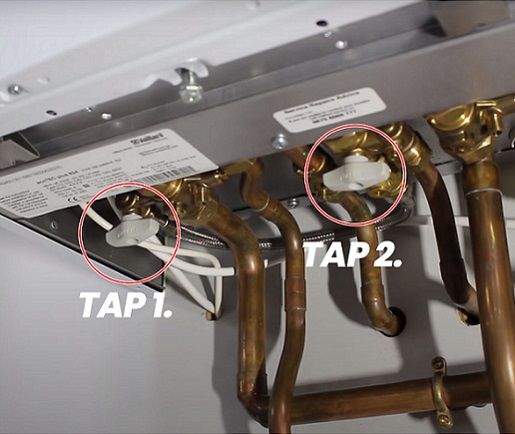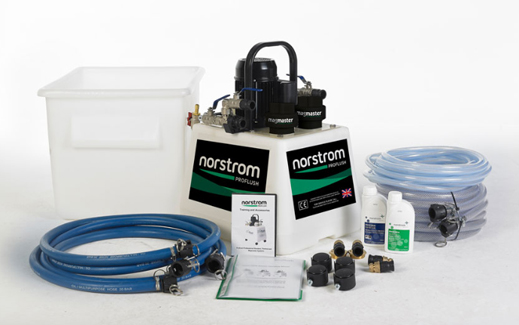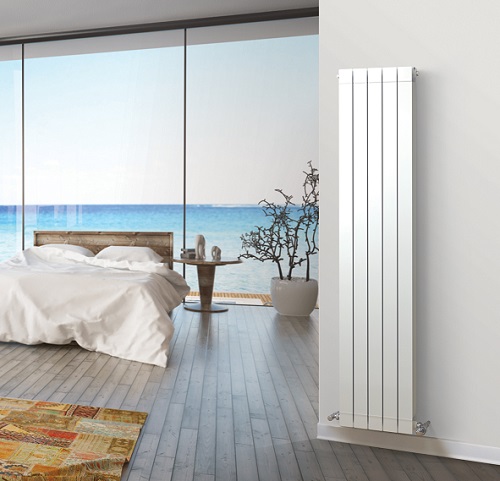It is important to know, before you start, whether you have hot water or steam radiators.
The easiest way is to look at the number of pipes coming out of them: if there's only a single pipe, then it's attached to a steam based system. However, if there's two, it could be steam or hot water; the condensed/cooled water returning to the boiler via the second pipe.
Hot Water Radiators: Bleed
Hot water radiators will be noticeably less efficient if they have air trapped in them. The process releasing the trapped air is called “bleeding”, and it’s something you should do annually to maintain your heating system.
You should have a key that fits into the shutoff valve at one end of the radiator. To bleed it, simply insert the key and slowly turn it anticlockwise until you see drips of water coming out. Make sure you have a bowl or container underneath, there's a chance the water could be dirty or contain particulates/particles.
The trapped air 'wants' to escape so should flow to the gap you've created by loosening the valve.

If you're doing this annually, it should typically take around 20-30 seconds for the average radiator; although, it's not unusual to extend this up to a minute for large radiators.
If nothing but hot water is coming out, you know you're good to go.
To close the valve, turn the key back to its original position and make sure the pressure gauge on your heating system is still within the recommended range. If it isn't, add water through the water fill valve - usually hanging just below the flap on modern combi boilers, not too far from the water gauge.
The image shown is of a Vaillant ecoTEC Plus Combi.



